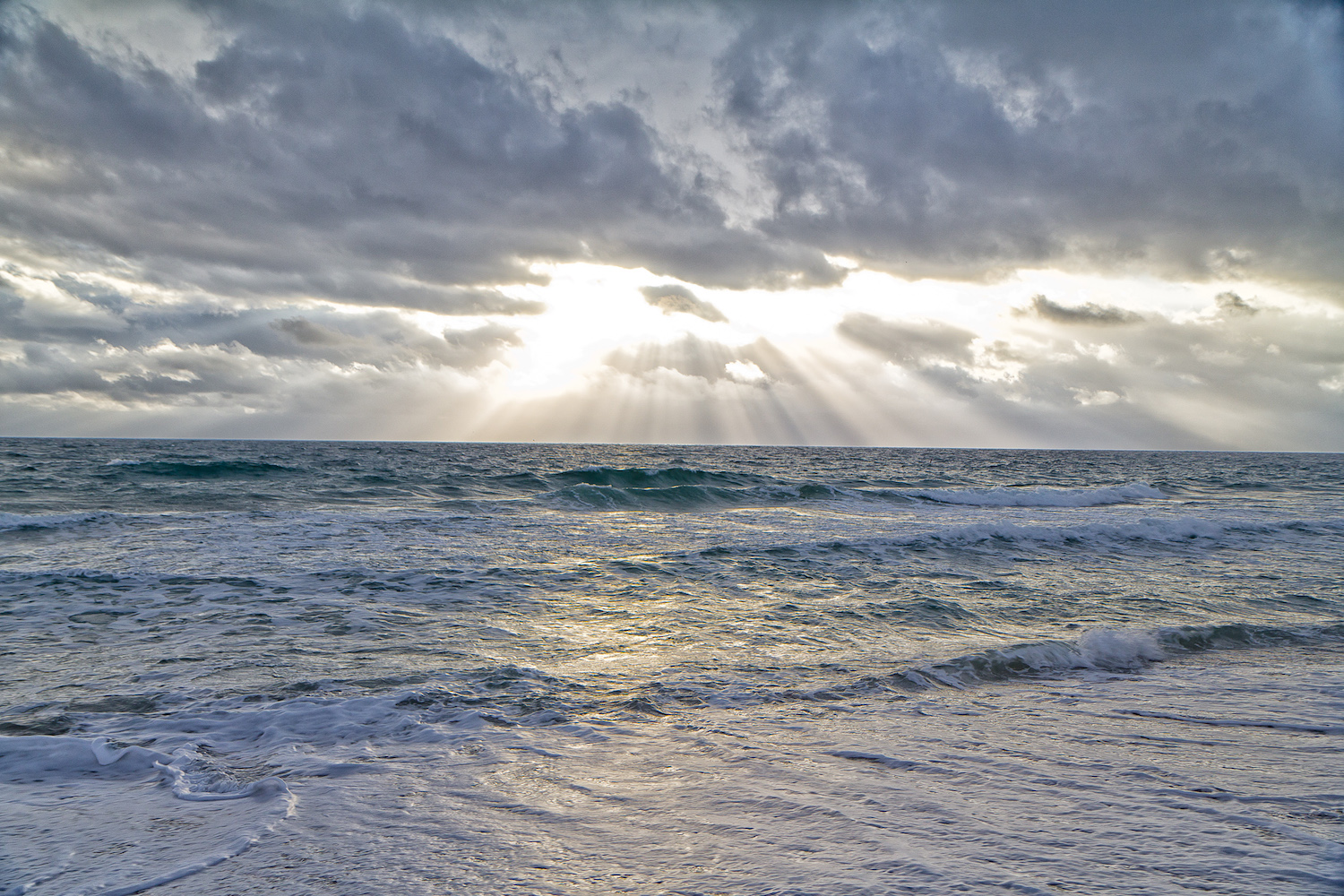At a UNESCO climate conference last week, scientists declared (once again) that climate change is already happening. The evidence is our wacky weather—even Paris, where the conference was held, was broiling in a historic heatwave. But the biggest red flag is the rise in peak global mean temperatures: Which means rising sea levels will almost certainly be a reality, too.
As a lead up to the bigger UN climate conference this fall, scientists are now modeling two different warming scenarios to help humans plot a roadmap for how to avoid these futures. Status quo—or even going back to “preindustrial levels”—is no longer an option, even if we ceased all carbon-emitting activity right now. One scenario is if the planet will warm by 2 degrees Celsius by the end of the century, which would be very bad. The other is if the planet will warm by 4 degrees Celsius, which would be very, very bad.
In this month’s Science, a study looked at these warming trends and made some estimates for how these temperature increases would help to accelerate the melting of polar ice sheets. Two or three degrees Celsius would see a rise in sea levels of at least six meters. That’s about 20 feet.
So say we manage to only raise temperatures by 2 degrees Celsius—the best-case scenario. A map made by Climate Central allows you to visit any city to see exactly how much coastlines will change. While there are plenty of usual suspects in this list—Miami would be totally underwater, of course, and we got previews of how rising ocean levels would affect New York City and New Orleans during Hurricanes Sandy and Katrina—there are also some areas that will see a surprising loss of land.
For example, Sacramento is about 100 miles inland but it’s situated on two rivers in the San Francisco Bay Delta Watershed, meaning that the rising San Francisco Bay will creep higher and higher until it’s nearly engulfed the city’s downtown.
In addition, Climate Central posted a list of the ten US cities which would have the most people affected by the changing coastlines, with the links going directly to the maps for each city. Again, New York City is the most densely populated city that’s closest to (current day) sea level, so it will see the most people displaced.
| 1. New York City 2. Virginia Beach 3. Miami 4. New Orleans 5. Jacksonville 6. Sacramento 7. Norfolk 8. Stockton, CA 9. Hialeah, FL 10. Boston | 1,870,000 407,000 399,000 343,000 290,000 286,000 242,000 241,000 225,000 220,000 |
As noted in Scientific American today, the only way to possibly avoid these dramatic sea level increases is by achieving a global goal of zero carbon emissions by the end of the century. At the rate we’re going, though, that doesn’t seem probable:
To avoid global warming of as much as 4 degrees Celsius by the end of the century, the scientists suggested civilization has a total budget of 900 billion metric tons of carbon dioxide in the atmosphere, and the world has already added roughly 592 billion metric tons since 1780… By 2050, current greenhouse gas emissions of roughly 40 billion metric tons per year will need to drop by at least 40 percent. And by the end of the 21st century, “greenhouse gas emissions must be zero, or even negative.”
The Scientific American piece outlines some plans to make certain industries carbon-negative. But the outlook is not good, and things needed to change yesterday. Or, more specifically, last century.
[Science, Climate Central, Scientific American]
Follow the author on Twitter at @awalkerinLA













